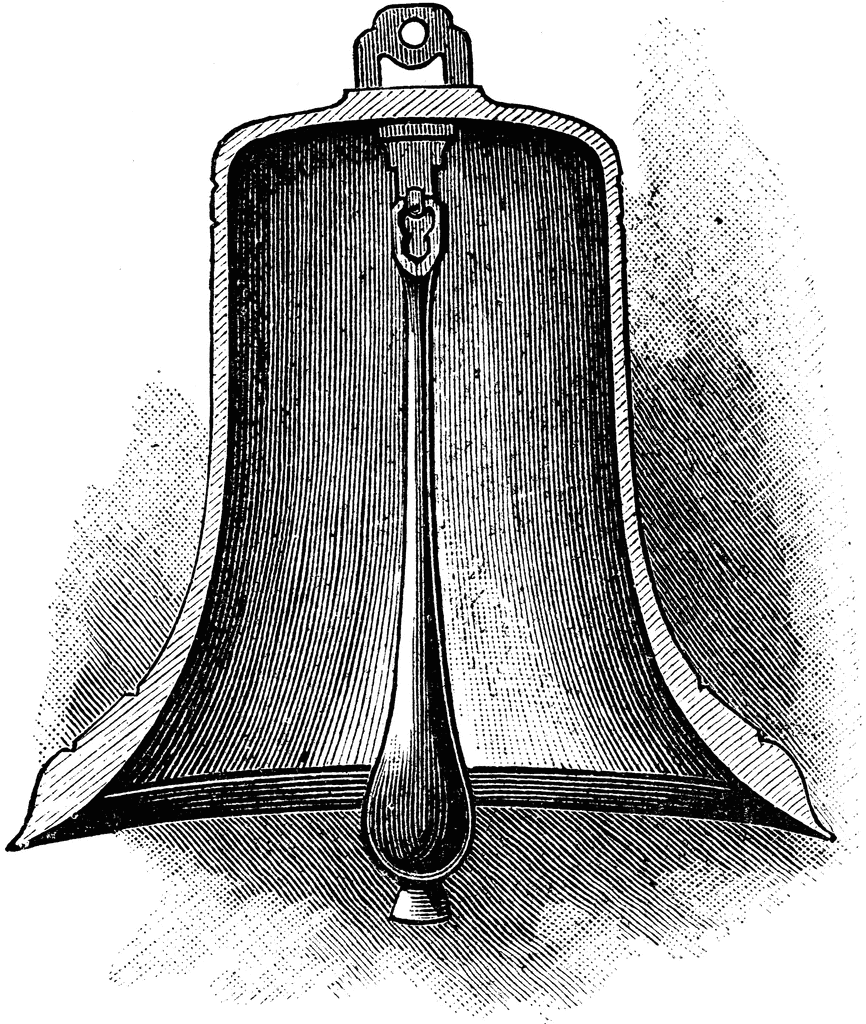ME360
Product Design
The following work was done mostly in class and was to be submitted as in-class assignments for participation purposes.
Martin Michael Dimo
Bell Frequency Study (FEA)
Motivation: To test the real-world application of finite element analysis, a church bell was analyzed using various assumptions, producing recognizable audio feedback.
Context: Solidworks has a finite element analysis program built in that simulates how an object reacts to real-world forces, vibrations, and other physical effects. It does this by breaking down complex geometries into a “mesh”; essentially, projecting simple shapes such as triangles on top of the total surface area of the complex geometry. This allows the program to solve differential equations for each triangle, which is relatively easier than solving the system for the complex geometry. After solving conditions for the entire mesh, a very good estimate of how the initial object is going to behave is achieved. This kind of analysis, the finite element method, is used in various engineering fields and physical behaviors, such as structural analysis, heat transfer, fluid flow, and electromagnetic potential.
Given Task: Using the contours of a rudimentary 2-dimensional sketch of a bell, a 3-dimensional model of the bell needs to be constructed in Solidworks. After creating the model, a frequency study needs to be applied to the model to determine the harmonic frequencies at which the bell should theoretically resonate in. Using these harmonics, a MATLAB script can be used to produce an audio file by applying the harmonics to a decaying wave equation.

2-dimensional sketch of the analyzed church bell
Considerations: To make the model and thus the frequency response as accurate as possible, several things need to be considered. The first parameter is the size of the bell, which was given to be one meter in diameter. The second parameter is the material with which the Solidworks model should be modeled. For this design, tin-bearing bronze was chosen as the specified material, as the online consensus claims that “bell metal”, creating the best sounding resonance, is 80% bronze and 20% tin.
Design Process: The Solidworks model and frequency study can be seen at various stages below.

Selected contour for the revolved sketch in Solidworks


Fully rendered bell model in photorealism and project default view

Modelled mesh overlaid onto bell model
Results: After running the frequency study, the first four resonances created the following amplitudes pictured below. These resonances were implemented into a decaying exponential and a three second audio clip of the ringing bell was produced.




Amplitude heat maps of the first four harmonic resonances
